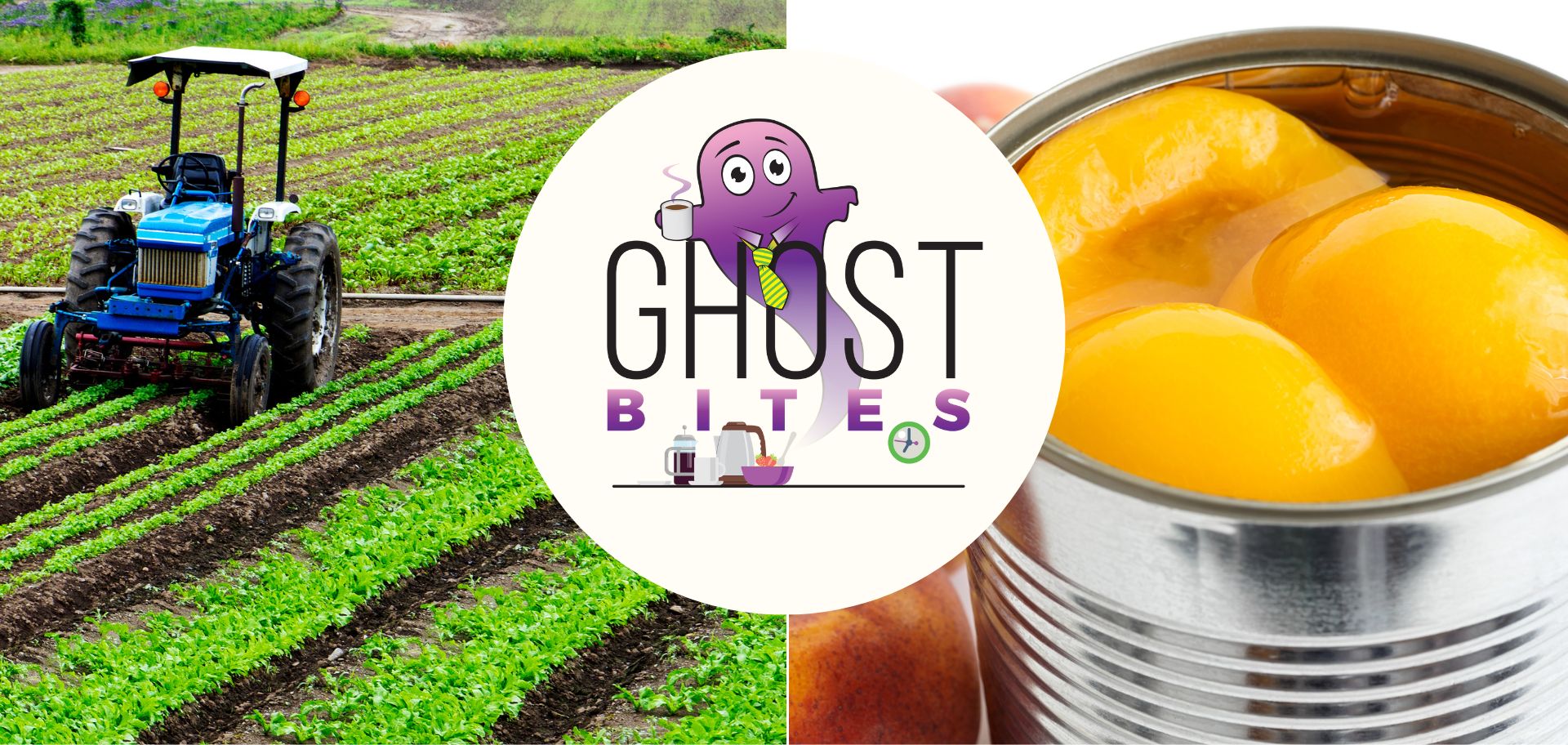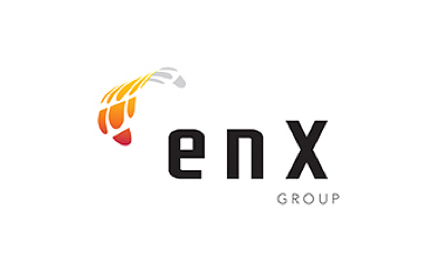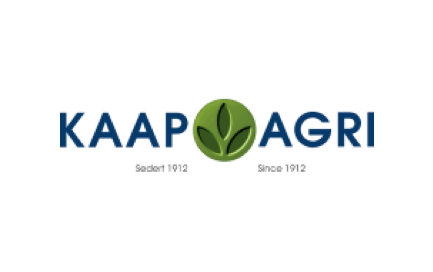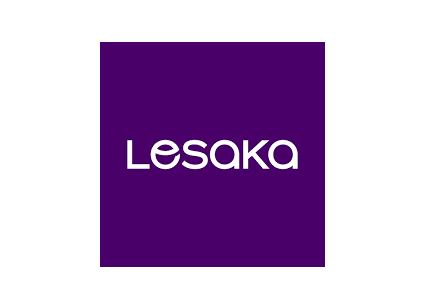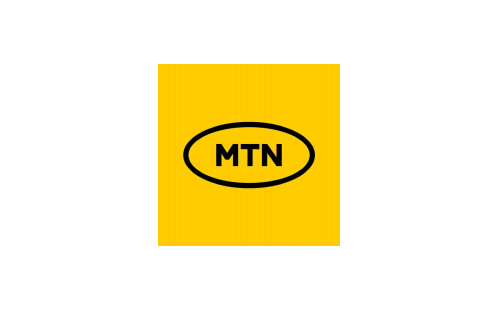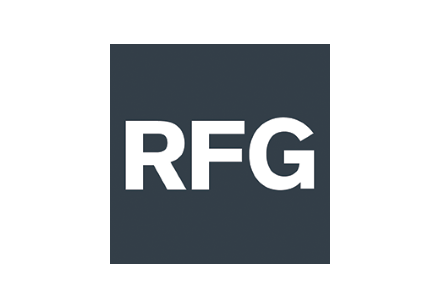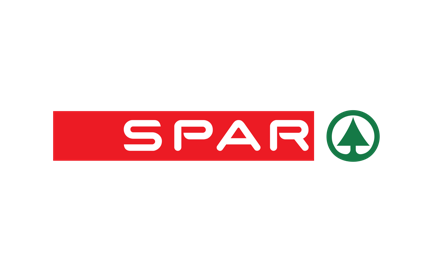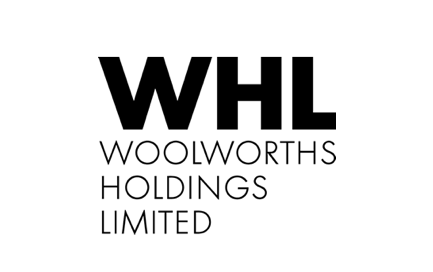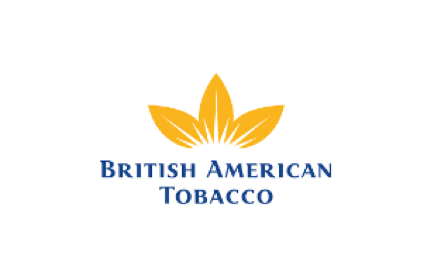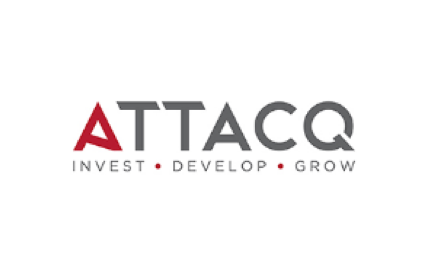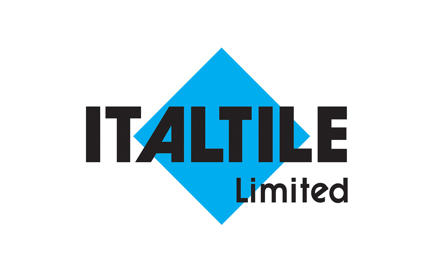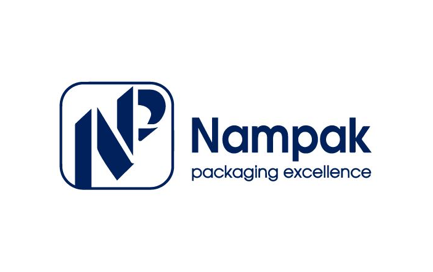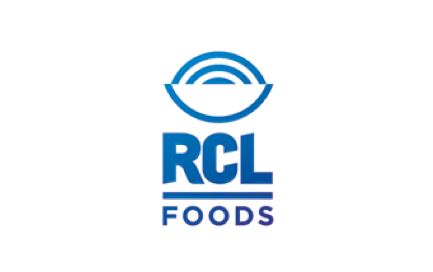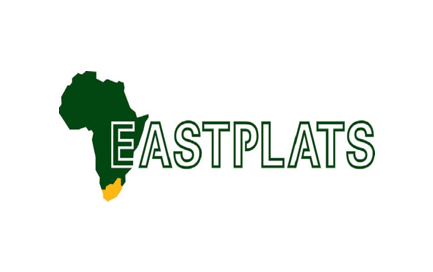Get the latest recap of JSE news in the Ghost Wrap podcast, brought to you by Mazars:

enX Group’s continuing operations are on the up (JSE: ENX)
The only way to look at this is by excluding Eqstra as a discontinued operation
The disposal of Eqstra by enX to Nedbank is unconditional and the effective date was 30 April 2024, with implementation expected during June 2024. Clearly, you need to ignore this discontinued operation when considering enX’s results.
From continuing operations, enX expects a lovely jump in HEPS for the six months ended February. HEPS will be between 59 cents and 63 cents vs. 29 cents in the comparable period. This jump in earnings was achieved off modest revenue growth of 5%.
Decent HEPS growth at KAL Group despite flat revenue (JSE: KAL)
The group has noted pressure on farm expenditure, especially in the Western Cape
In its results for the six months to March 2024, KAL Group was on the receiving end of revenue pressures across retail and agricultural channels. Revenue was basically flat, with like-for-like revenue down 0.3% and product inflation of 0.1% for the year. If you exclude fuel from the product basket (and remember that KAL Group has major forecourt operations), inflation was 2.0%.
Speaking of fuel, group volumes fell 2.0%. This is a sign of subdued economic activity in general. Although retail margins weren’t the easiest to manage, the combination of mix effects (more convenience retail) and supply chain efficiencies delivered gross profit growth of 8.7% despite the lack of revenue growth.
With like-for-like expenses up 6.4% and thus at a lower rater than gross profit, the group achieved 9.2% growth in EBITDA and thus a significant improvement in margin. Profit before tax was 9.7% higher, accelerating in the second quarter to give a strong finish to the interim period.
Recurring HEPS increased by 7.3%, so the group managed to grind out a decent outcome here despite the revenue story. Naturally, efficiencies only get you so far. Investors will want to see revenue growth sooner rather than later.
The interim dividend is up by 8% to 54 cents per share.
Lesaka’s economics are improving rapidly (JSE: LSK)
It’s been a strong week of news for the company
Hot on the heels of the news of a juicy acquisition, Lesaka Technologies has released third quarter results. Revenue increased by 9% in rand, although the company reports in dollars and hence the reported increase is lower. The real highlight is operating income, coming in at positive R15 million vs. a loss of R33.2 million in the comparable quarter.
There’s still a net loss, with debt costs as a major factor, but the net debt to group adjusted EBITDA ratio has improved tremendously from 4.2x a year ago to 2.6x in this quarter. The latest announced acquisition is for cash and shares, so that will do wonders for scaling the business and improving overall leverage. Net interest costs already came down over the past year from R81 million to R74.6 million and that trend will hopefully continue.
Momentum is strong, with the group raising its adjusted EBITDA outlook for the full year. The share price certainly has a spring in its step:

MTN Uganda is another bright spot in Africa (JSE: MTN)
This adds to the mixed basket of news we’ve recently seen from the African subsidiaries
MTN’s subsidiaries in Africa certainly aren’t of equal size, so don’t assume that good news in Uganda offsets the problems in Nigeria. Sadly, it doesn’t. Still, MTN Uganda shows what is possible in Africa when things are going well.
For the quarter ended March, service revenue increased 19.4% and EBITDA was up 19.6%. There was a tiny uptick in EBITDA margin to 52.0%. By the time you reach profit after tax level, growth is 24.4%.
Unlike some of the other subsidiaries that are slowing down on capex (whether by choice or otherwise), MTN Uganda is accelerating. Capex intensity (capex as a percentage of revenue) increased from 15.2% to 16.3%, with the focus on 4G LTE and 5G. This obviously drives higher depreciation in future periods.
Pan African Resources tells a positive story (JSE: PAN)
The impact of higher gold prices on estimated project returns is incredible to see
Pan African Resources has tightened its production guidance for the year ending June 2024 to between 186,000oz and 190,000oz. That’s at the upper end of the previous guidance of 180,000oz to 190,000oz. Production would’ve been higher were it not for the decision to cease processing surface sources at Evander Gold Mines due to unattractive economics.
Group all-in sustaining costs guidance has been maintained at between $1,325/oz to $1,350/oz.
Production guidance for the next financial year is a juicy 215,000oz to 225,000oz. The MTR Project is on schedule for commissioning in December 2024 and no capital cost overruns are expected. Thanks to better gold prices, the ungeared real IRR from the project is expected to be a magnificent 41.7% with a two-year payback period. When the definitive feasibility study was initially prepared at much lower prices, the IRR was 20.1% and the payback was 3.5 years. If you include the Soweto Cluster, the IRR gets even better – up to 44.0%!
RFG posts solid growth thanks to pricing increases (JSE: RFG)
When the volumes aren’t there, companies must be disciplined on margins
Although it’s certainly easier to grow when volumes are headed in the right direction, it can also breed all kinds of bad corporate behaviour. When your customers are struggling and every sale is hard to come by, you’re forced to look inwards and extract every possible efficiency out of the organisation.
RFG Holdings has done exactly that, with HEPS up between 18% and 23% for the six months to March. Volumes struggled locally, with price inflation taking revenue growth into the green. International revenue was down though, with pricing pressure and issues at the Cape Town port, partially offset by the weaker rand.
Challenges notwithstanding, margins moved higher in both the local and international segment.
Another rough quarter for Sappi – but at least there’s a profit (JSE: SPP)
It’s not enough to take the interim period into profitability though
Sappi has released results for the quarter ended March, which also marks the halfway point of the financial year. This is a cyclical industry and one that can actually make you sick.
For the quarter, sales fell 6% and profit fell 58% despite EBITDA being 10% higher. The net debt balance is 12% higher year-on-year, which isn’t good. HEPS came in a 5 US cents, down 58% year-on-year.
The six-month view is worse, as the first quarter was loss-making. For that period, revenue is down 15%, EBITDA fell 26% and there’s a headline loss per share of -16 cents vs. HEPS of 46 cents in the comparable period.
The cost savings achieved in the second quarter did wonders for EBITDA and thus profit, with the group continuing to navigate challenges like structural declines in demand for graphic papers. Although there were some positives across the segments, the best demand story was packaging and speciality papers with 9% growth in volumes. As you read further, you find that prices fell 13% in this segment, leading to a negative move in profitability.
The next quarter is historically weak in terms of demand, yet the company highlights improving market sentiment in the hope of ongoing positive momentum in profitability. It’s extremely hard to give a reliable outlook as this is a complicated group to manage, with numerous factors well outside of management’s control. Management’s best guess is that EBITDA for the third quarter will be below the second quarter, but well ahead of the third quarter last year.
Little Bites:
- Director dealings:
- Zyda Rylands is retiring as CEO of Woolworths Food later this year. In preparation for that, her family trust sold shares in Woolworths (JSE: WHL) worth R21.2 million. Although one could easily argue that this still counts as a sale (and a large one at that), the mitigating factor here is that a diversification of wealth makes sense into retirement.
- The Chief Strategy and Growth Officer at British American Tobacco (JSE: BTI) and an associate collectively bought £45.5k worth of shares in the company. Directors also regularly reinvest their dividend income in British American Tobacco under the company reinvestment plan, but I don’t bother with those announcements. Executives taking money from elsewhere and buying shares is a much stronger signal in my view.
- An associate of a director of Attacq (JSE: ATT) has bought shares worth R149k.
- Selling tiles seems to be fairly boring, as a director of Italtile (JSE: ITE) entertained herself by buying 1,000 shares on 3rd May for R9,200 and then selling them on 8 May for R9,300. Nothing like a bit of swing trading to make lunch money when you’re a listed company director!
- Nampak (JSE: NPK) usually releases interim results towards the end of May. After a recent cyber attack, systems are up and running again but there have been delays. This will push the release of interim results for the six months to March out to the end of June.
- RCL Foods (JSE: RCL) directors have some egg on their faces and not directly from the chickens either. Albie Cilliers is busy with one of his well-known appraisal rights strategies and the company hates it. Suffering from rage at the time, they released a poorly-advised announcement back in 2023 that included some colourful paragraphs around this strategy. Cilliers filed a complaint with the JSE regarding the comments and RCL has withdrawn the paragraphs accordingly, as the JSE found that they were neither required by provisions of the Listings Requirements, nor were they price sensitive.
- Adcock Ingram (JSE: AIP) has repurchased R286 million worth of shares between 21 November 2023 and 6 May 2024. The average price paid was R54.54, which is below the current price of R56.62.
- Eastern Platinum (JSE: EPS) has now caught up on its financial filings and the shares are no longer suspended from trading.

